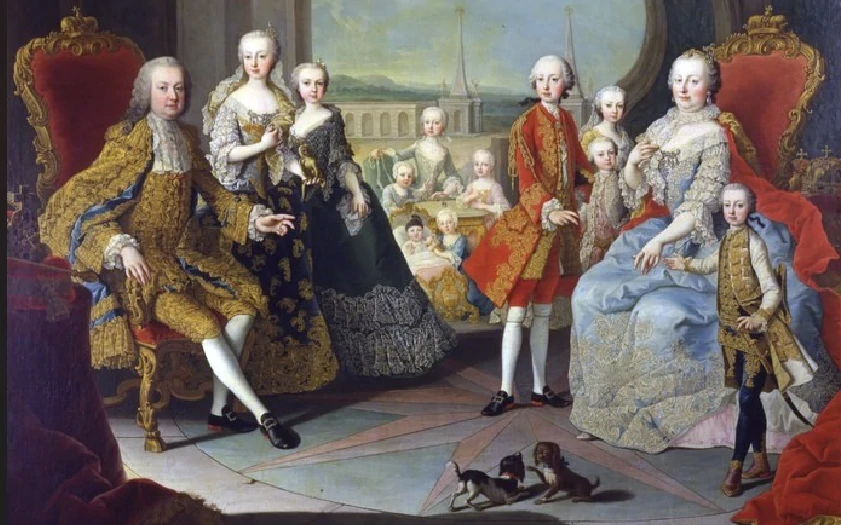Why was Joseph II called the Reform Emperor? When did he take over the reins of government and how long did he rule together with Maria Theresa? What was his private imperial life like?
Joseph II was born on March 13, 1741 as the fourth child and eagerly awaited son. He was important to consolidate Maria Theresa’s claims to the throne and finally a male heir to the throne could be presented.
He was spoiled accordingly and developed into a stubborn, precocious child. When his father, Franz Stephan of Lorraine, died in 1765, he became co-regent of Maria Theresa and after her death in 1780 as sole regent.
He was a representative of enlightened absolutism and his motto was: “Everything for the people, nothing by the people”, according to which the subjects had no say. He was to implement an ambitious reform program (Toleration Patent, Josephinism, abolition of serfdom).
He had all contemplative monasteries and religious orders (not used for teaching or nursing) abolished. In 1782, Pope Pius VI even came to Vienna to mitigate this monastic reform, although this did not achieve much.
The opening of the Augarten (1775) and the Prater (1766) to the general public and the establishment of the Vienna General Hospital (1784) can be traced back to him. The Josephinum bears his name and is home to one of the largest collections of wax models in the world. In doing so, he laid an important foundation stone for medical research.
Towards the end of his reign, however, he had to reverse some of the reforms. In particular, the burial reform in the form of the savings or folding coffin did not prevail.
Maria Theresa decided to marry him to Isabella of Bourbon-Parma in line with Habsburg marriage policy. He was lucky and got one of the prettiest princesses in Europe as his wife. Joseph idolized her, but Isabella felt more attracted to Marie Christine, one of Joseph’s sisters.
The marriage produced two girls, Maria Theresia, who died at the age of 8, and Maria Christine, who died immediately after giving birth. Isabella died just a few days later of smallpox after three years of marriage at the age of 22. Joseph was desperate without his beloved wife and without a male heir to the throne.
He therefore had to marry again and the choice fell on Maria Josepha of Bavaria. The marriage was considered unhappy, was possibly never consummated and remained childless. His second wife also died of smallpox two years after the marriage. A third marriage was no longer an option for Joseph II. He himself died of tuberculosis at the age of 49 and rests in the Capuchin crypt in a simple coffin, in keeping with his reform policy.
Here you will find the top sights in Vienna.



